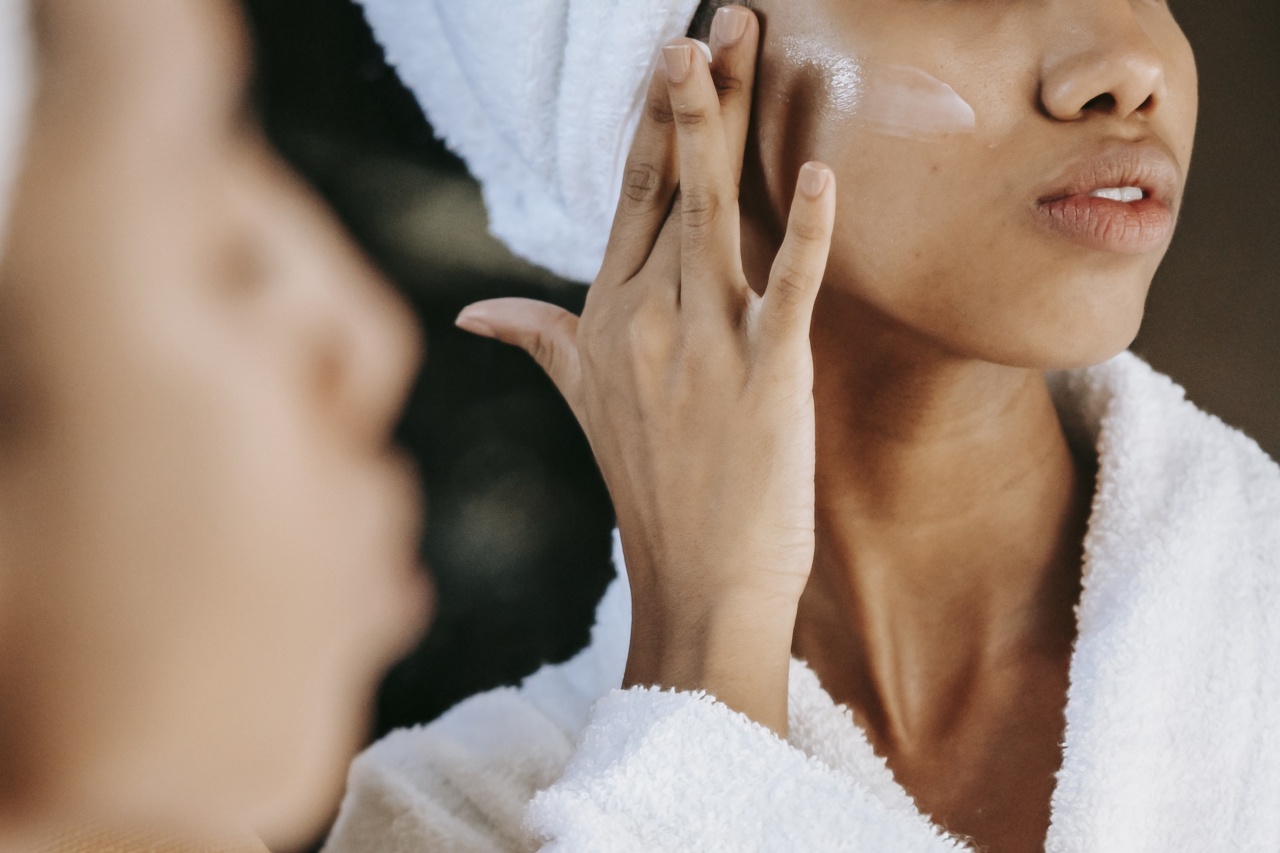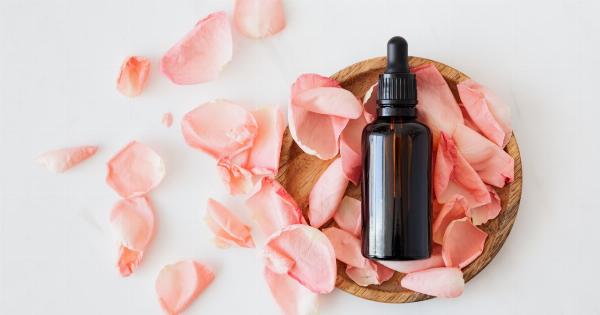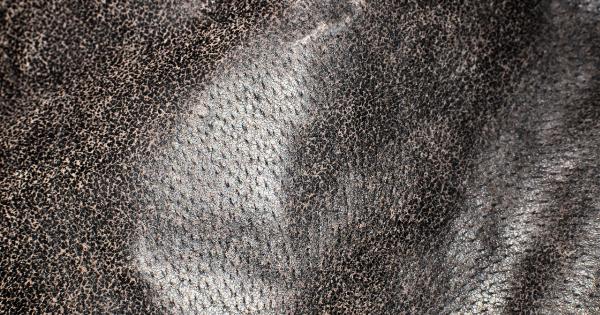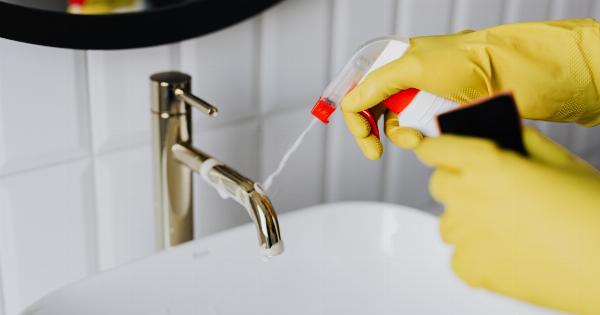Smooth and supple skin is something that everyone desires, irrespective of age and gender. However, the skin undergoes various changes due to aging, environmental factors, and lifestyle choices.
One of the best ways to maintain healthy and youthful skin is through regular exfoliation.
Exfoliating is a process of removing dead skin cells from the outermost layer of the skin. Dead skin cells can clog pores, leading to blackheads, whiteheads, and acne. Moreover, dead skin cells make the skin look dull and lifeless.
Exfoliation helps to remove these layers and reveal fresh, healthy, and radiant skin.
There are various ways to exfoliate the skin, such as through physical exfoliants, chemical exfoliants, and enzymatic exfoliants. Physical exfoliants involve using scrubs, brushes, or sponges to remove dead skin cells.
Chemical exfoliants use acids like alpha-hydroxy acids (AHAs) and beta-hydroxy acids (BHAs) to dissolve dead skin cells. Enzymatic exfoliants use enzymes like papain and bromelain, which break down the bonds that hold the dead skin cells together.
The benefits of exfoliating
1. Improves skin texture
Exfoliating helps to smooth out the skin texture by removing rough and flaky skin. Regular exfoliation increases the cell turnover rate, which leads to the growth of new skin cells, resulting in smoother and softer skin.
2. Enhances the absorption of skincare products
When dead skin cells accumulate on the top layer of the skin, it can be difficult for skincare products to penetrate the skin fully.
By removing the dead skin cells through exfoliation, the skin becomes more receptive to skincare products, and they are absorbed more effectively, leading to better results.
3. Prevents acne
The accumulation of dead skin cells can clog pores, leading to the development of acne and other skin blemishes. By exfoliating, the dead skin cells are removed, and the pores are able to breathe, making it less likely for acne to form.
4. Evens out skin tone
By removing dead skin cells, exfoliation helps to reduce the appearance of hyperpigmentation, dark spots, and uneven skin tone. Regular exfoliation helps to reveal brighter and more even skin.
5. Reduces the appearance of fine lines and wrinkles
Exfoliation helps to stimulate collagen production, which is essential for maintaining skin elasticity and reducing the appearance of fine lines and wrinkles. Regular exfoliation helps to restore the youthful appearance of the skin.
The different types of exfoliation
1. Physical exfoliation
Physical exfoliants are products that contain abrasive particles that physically remove dead skin cells. Exfoliants can be in the form of scrubs, brushes, sponges, or cloths.
These exfoliants can be made of natural ingredients like sugar, coffee grounds, or rice powders, or synthetic materials like microbeads. While physical exfoliants can be effective in removing dead skin cells, they can also be harsh, leading to irritation or damage to the skin. It is important to choose a physical exfoliant that is gentle on the skin and does not cause any damage.
2. Chemical exfoliation
Chemical exfoliants use acids like alpha-hydroxy acids (AHAs) and beta-hydroxy acids (BHAs) to dissolve dead skin cells.
AHAs are water-soluble acids that exfoliate the skin’s surface and improve skin texture, while BHAs are oil-soluble acids that penetrate deeper into the skin and help to unclog pores. Chemical exfoliants are less abrasive than physical exfoliants and are suitable for sensitive skin types. However, it is important to start with a lower concentration of acids and gradually build up to avoid irritation or damage to the skin.
3. Enzymatic exfoliation
Enzymatic exfoliants use natural enzymes like papain and bromelain, which break down the bonds that hold dead skin cells together. The enzymes work to gently dissolve the dead skin cells, leaving the skin smooth and soft.
Enzymatic exfoliants are less harsh than physical and chemical exfoliants and are suitable for sensitive skin types.
How often should you exfoliate?
The frequency of exfoliation depends on individual skin types and concerns. For sensitive or dry skin, exfoliating once a week is sufficient, while those with oily or acne-prone skin can exfoliate two to three times a week.
However, it is important not to over-exfoliate, as this can cause irritation, dryness, or damage to the skin.
Tips for exfoliating the skin
It is important to remember that exfoliation is only one part of a skincare routine. To maintain healthy and radiant skin, it is also important to follow a healthy diet, stay hydrated, wear sunscreen, and use good quality skincare products.
1. Choose the right exfoliant
Choose an exfoliant that is gentle on the skin and suits your skin type. Avoid using exfoliants that contain ingredients that can cause irritation or allergies.
2. Start slow
Start with a lower concentration of acids or a gentle physical exfoliant and gradually build up to avoid irritation or damage to the skin.
3. Don’t over-exfoliate
Exfoliating too frequently or vigorously can cause irritation, dryness, or damage to the skin. Follow the recommended frequency and use the right amount of pressure for your skin type.
4. Pay attention to other parts of the body
It is important not to forget to exfoliate other parts of the body like the lips, hands, and feet, which can also accumulate dead skin cells.
5. Keep the skin hydrated
After exfoliating, it is important to keep the skin hydrated by using a moisturizer or oil to prevent dryness and flakiness.
Conclusion
Exfoliating is an important step in maintaining healthy, smooth, and supple skin. It helps to remove dead skin cells, improve skin texture, prevent acne, reduce hyperpigmentation and fine lines, and enhance the absorption of skincare products.
However, it is important to choose the right exfoliant and follow the recommended frequency and pressure to avoid irritation or damage to the skin. With the right exfoliant and skincare routine, you can achieve healthy and radiant skin at any age.



























